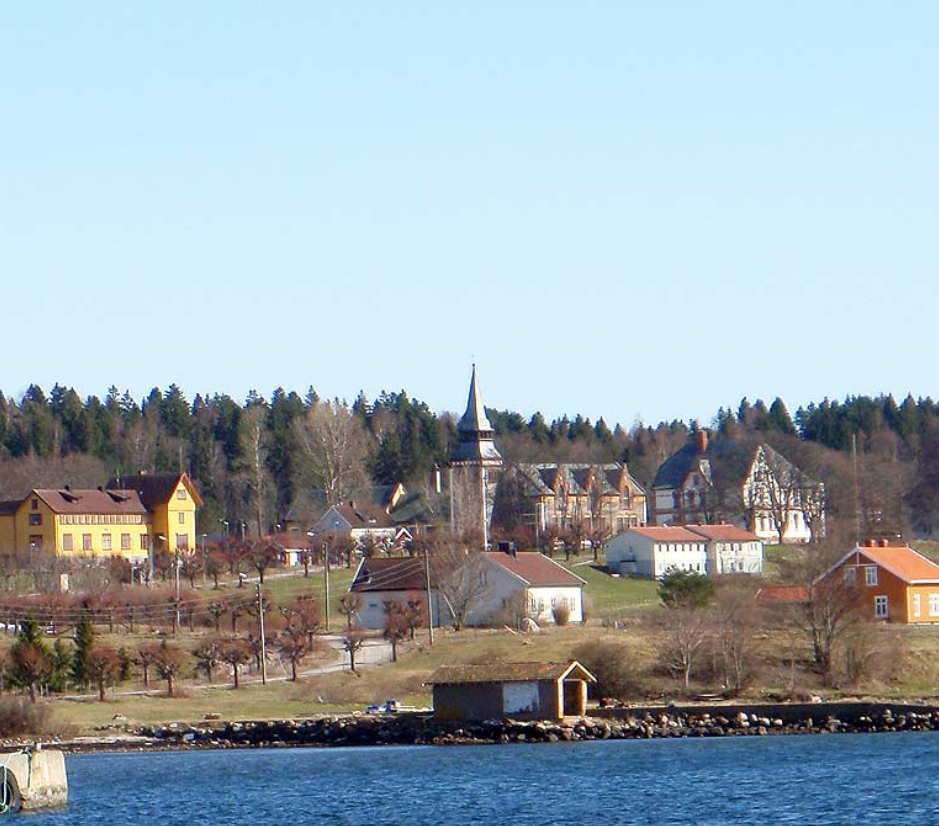|
Every prison reformer knows Bastoy. It’s a model prison in Norway, a short way from Oslo. It has just over 100 prisoners. It’s on an island in a lake. The prisoners live in cottages without locked doors and work on the farm. In their free time, they ride horses, cross country ski, play tennis, enjoy a sauna. They have a chef to cook for them. The staff: prisoner ratio is 1:2. And the reoffending rate is just 16%, compared to the European average of 76%. Or so we are told by an unending series of pilgrims to Bastoy (1). For it is the Holy Grail, the Promised Land, the Mecca of every prison reformer. Really? No. Of course not. Once you stop to think. And consider that:
So, statements about how much better Bastoy is at reducing reoffending than prisons in this country, or across Europe, are quite simply, meaningless. No-one who knows anything about the subject should even think of making such a comparison. Wouldn't you like to live here? But there are other reasons, too, why we should stop wittering on about Bastoy.
We know perfectly well, thank you, what is so wrong with our prisons and what to do about it, on the basis of real, grown up, research. We know that prisoners are less likely to reoffending if when released they have somewhere to live and employment or training when they leave prisons and money to sustain them through their first days at liberty. And we know that many don’t (4). We know that prisons are likely to have lower reoffending rates if the prisoners in them feel safe (5). We know that they often don’t feel safe, because violence and self-harm in our prisons have doubled since 2010 (6). We know that the in 2010, our prisons were in the best state they’d been in for generations. And we know – or all of us who aren’t Tory Ministers, or their PR people, know – what was he main cause of its descent into violent chaos by the mid-2010s. It was because Tory Ministers made swinging cuts – removing one third of front-line prison officers while not reducing prisoner numbers at all, in the process losing a lot of older, more experienced staff and middle managers (see analysis and graph here). We know that by cutting prison officer pay, the Tories made the very challenging job of a prison officer much less attractive than other jobs paying the same which are much less challenging, leading to dangerously high staff turnover and difficulty in recruitment. We also know that reducing reoffending became at the make time more diffiuclt because the Tories botched a sell off of the probation service so badly that the whole lot had eventually to be renationalised. We know what we need to do now to try to improve matters. And it’s not about model farms on lakes. Nope. It would require us to:
Still, on balance it is no more difficult than finding 800 model farms on 800 islands in 800 lakes, with horses, saunas, tennis courts, ski runs and a constant procession of gullible, ill informed, self-indulgent journalists. Notes
Scottish Centre for Crime and Justice Research: “Reducing reoffending: review of selected countries” 2012: “comparison of reoffending rates are not possible…such comparison would require thorough investigation to control for the many differences in defintions, reportinrg practices, enforcement cultures and pltical systems” “A Systematic Review of Criminal Recidivism Rates Worldwide: Current Difficulties and Recommendations for Best Practice” S Fazel A Wolf. Plos One, 15.6.18 see https://doi.org/10.1371/journal.pone.0130390. “Sample selection and definitions of recidivism varied widely, and few countries were comparable. Conclusions. Recidivism data are currently not valid for international comparisons.” 4) 1 in 7 prisoners is homeless on release. Only 1 in 5 got a job on release which they held for 6 months or more. Prison Reform Trust Bromley Briefings Summer 2019 5) ”Exploring the Relationship between Prison Social Climate and Reoffending” Katherine M. Auty & Alison Liebling. Justice Quarterly Volume 37, 2020 - Issue 2 6) https://www.julianlevay.com/articles/the-prison-crisis-is-getting-worse-not-better
0 Comments
Your comment will be posted after it is approved.
Leave a Reply. |
I was formerly Finance Director of the Prison Service and then Director of the National Offender Management Service responsible for competition. I also worked in the NHS and an IT company. I later worked for two outsourcing companies.
Archives
January 2023
Categories
All
Click below to receive regular updates
|

 RSS Feed
RSS Feed